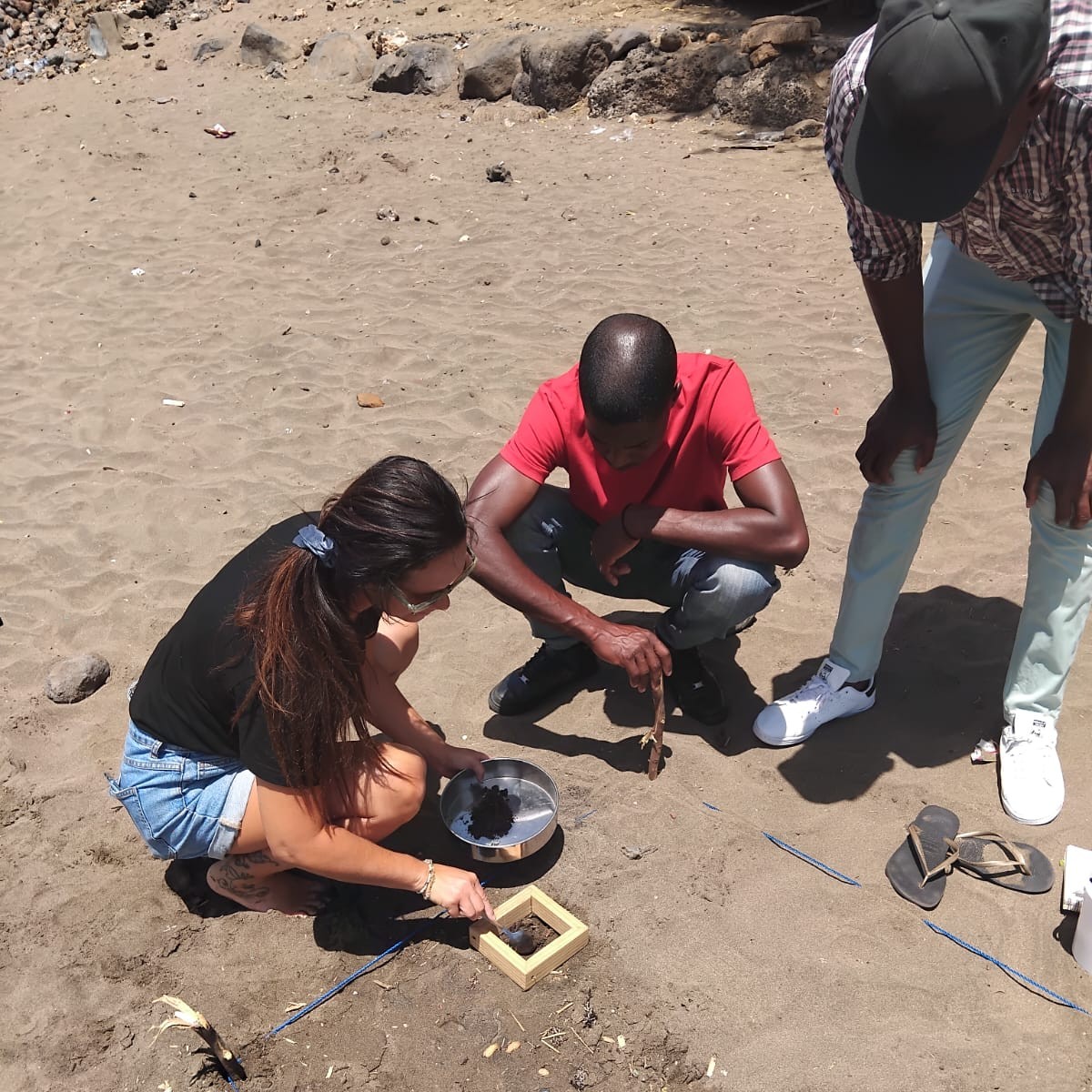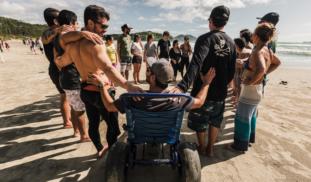Please wait...
About This Project
The coast of Santa Catarina represents 7% of the Brazilian coast and contains 6 areas relevant to conservation. Currently, we do not know the occurrence, distribution and abundance of microplastics in most of the beaches of this coast. The project aims to train a network of citizen scientists for unified microplastic monitoring, collecting different types in an area of 25 meters over 3 months and analyzing this information, creating a baseline for regulating plastic use in conservation areas.

Browse Other Projects on Experiment
Related Projects
Expanding flood image datasets for AI training and improved disaster response
Flooding affects ~1.81 billion people worldwide, rising with urban growth. Flood patterns and impacts differ...
Study of oceanographic and meteorological variables in MPA through remote sensing.
Climate change and events that modify the global temperature and precipitation dynamics such as “El Niño...
Investigating the roles of microbes in biodegrading or colonizing microplastic surfaces
Recently, we observed different PCB adsorption onto microplastic surfaces in Newtown Creek compared to Navy...


